-
摘要:
现有的路径规划算法对路径规划过程中的路径安全性问题考虑较少,并且传统的近端策略优化(PPO)算法存在一定的方差适应性问题。为解决这些问题,提出一种融合进化策略思想和安全奖励函数的安全近端策略优化(Safe-PPO)算法,所提算法以安全优先进行路径规划。采用协方差自适应调整的进化策略( CMA-ES)的思想对PPO算法进行改进,并引入危险系数与动作因子来评估路径的安全性。使用二维栅格地图进行仿真实验,采用传统的PPO算法和Safe-PPO算法进行对比;采用六足机器人在搭建的场景中进行实物实验。仿真实验结果表明:所提算法在安全优先导向的路径规划方面具有合理性与可行性:在训练时Safe-PPO算法相比传统的PPO算法收敛速度提升了18%,获得的奖励提升了5.3%;在测试时采用融合危险系数与动作因子的方案能使机器人学会选择更加安全的道路而非直观上最快速的道路。实物实验结果表明:机器人可以在现实环境中选择更加安全的路径到达目标点。
Abstract:The existing path planning algorithms seldom consider the problem of security, and the traditional proximal policy optimization(PPO) algorithm has a variance adaptability problem. To solve these problems, the Safe-PPO algorithm combining evolutionary strategy and safety reward function was proposed. The algorithm is safety-oriented for path planning. CMA-ES was used to improve the PPO algorithm. The hazard coefficient and movement coefficient were introduced to evaluate the safety of the path. Used a grid map for simulation experiments, and compared the traditional PPO algorithm with the Safe-PPO algorithm; The hexapod robot was used to carry out the physical experiment in the constructed scene. The simulation results show that the Safe-PPO algorithm is reasonable and feasible in safety-oriented path planning. When compared to the conventional PPO algorithm, the Safe-PPO algorithm increased the rate of convergence during training by 18% and the incentive received by 5.3%. Using the algorithm that combined the Hazard coefficient and movement coefficient during testing enabled the robot to learn to choose the safer path rather than the fastest one. The outcomes of the physical testing demonstrated that the robot could select a more secure route to the objective in the created setting.
-
表 1 传统PPO算法与Safe-PPO算法的中轴偏离测试结果
Table 1. Center line deviation test of traditional PPO algorithm and Safe-PPO algorithm
算法 (4, 4)偏离 (4, 5)偏离 (4, 6)偏离 无偏离 Safe-PPO 3 5 1 91 传统PPO 18 31 24 27 -
[1] 魏彤, 龙琛. 基于改进遗传算法的移动机器人路径规划[J]. 北京航空航天大学学报, 2020, 46(4): 703-711. doi: 10.13700/j.bh.1001-5965.2019.0298WEI T, LONG C. Path planning for mobile robot based on improved genetic algorithm[J]. Journal of Beijing University of Aeronautics and Astronautics, 2020, 46(4): 703-711(in Chinese). doi: 10.13700/j.bh.1001-5965.2019.0298 [2] XU Y R, LIU R. Path planning for mobile articulated robots based on the improved A* algorithm[J]. International Journal of Advanced Robotic Systems, 2017, 14(4): 1-10. [3] MAJUMDER S, PRASAD M S. Three dimensional D* algorithm for incremental path planning in uncooperative environment[C]//2016 3rd International Conference on Signal Processing and Integrated Networks. Piscataway: IEEE Press, 2016: 431-435. [4] MASHAYEKHI R, IDRIS M Y I, ANISI M H, et al. Hybrid RRT: A semi-dual-tree RRT-based motion planner[J]. IEEE Access, 2020, 8: 18658-18668. doi: 10.1109/ACCESS.2020.2968471 [5] LIU J H, YANG J G, LIU H P, et al. An improved ant colony algorithm for robot path planning[J]. Soft Computing, 2017, 21(19): 5829-5839. doi: 10.1007/s00500-016-2161-7 [6] 董豪, 杨静, 李少波, 等. 基于深度强化学习的机器人运动控制研究进展[J]. 控制与决策, 2022, 37(2): 278-292.DONG H, YANG J, LI S B, et al. Research progress of robot motion control based on deep reinforcement learning[J]. Control and Decision, 2022, 37(2): 278-292(in Chinese). [7] VOLODYMYR M, KORAY K, DAVID S, et al. Playing atari with deep reinforcement learning[EB/OL]. (2013-12-19)[2021-09-01]. [8] GU S, TIMOTHY L, ILYA S, et al. Continuous deep Q-learning with model-based acceleration[C]//33rd International Conference on Machine Learning. New York: International Machine Learning Society, 2016: 2829-2838. [9] JOHN S, SERGEY L, PHILIPP M, et al. Trust region policy optimization[C]//32th International Conference on Machine Learning. Lille: International Machine Learning Society, 2015: 1889-1897. [10] SCHULMAN J, WOLSKI F, DHARIWAL P, et al. Proximal policy optimization algorithms[EB/OL]. (2017-08-28)[2020-09-01]. [11] MNIH V, ADRI`AP B, MEHDI M, et al. Asynchronous methods for deep reinforcement learning[C]//33rd International Conference on Machine Learning. New York: International Machine Learning Society, 2016: 1928-1937. [12] 多南讯, 吕强, 林辉灿, 等. 迈进高维连续空间: 深度强化学习在机器人领域中的应用[J]. 机器人, 2019, 41(2): 276-288.DUO N X, LV Q, LIN H C, et al. Step into high-dimensional and continuous action space: A survey on applications of deep reinforcement learning to robotics[J]. Robot, 2019, 41(2): 276-288(in Chinese). [13] 沈鹏. 自主车辆复杂环境下安全导航方法研究[D]. 淄博: 山东理工大学, 2019: 36-49.SHEN P. Research on safe navigation method of autonomous vehicles in complex environment[D]. Zibo: Shandong University of Technology, 2019: 36-49(in Chinese). [14] 邵旭阳. 家庭环境下面向高效与安全导航的二维物品语义地图构建[D]. 济南: 山东大学, 2021: 65-81.SHAO X Y. Construction of two-dimensional object semantic map for efficient and safe navigation in home environment[D]. Jinan: Shandong University, 2021: 65-81(in Chinese). [15] ESHGHI M, SCHMIDTKE H R. An approach for safer navigation under severe hurricane damage[J]. Journal of Reliable Intelligent Environments, 2018, 4(3): 161-185. doi: 10.1007/s40860-018-0066-1 [16] HEESS N, TB D, SRIRAM S, et al. Emergence of locomotion behaviours in rich environments[EB/OL]. (2017-7-10)[2021-9-1]. [17] HAN S, ZHOU W B, LÜ S, et al. Regularly updated deterministic policy gradient algorithm[EB/OL]. (2020-7-1)[2021-9-1]. [18] WU J T, LI H Y. Deep ensemble reinforcement learning with multiple deep deterministic policy gradient algorithm[J]. Mathematical Problems in Engineering, 2020, 2020: 1-12. [19] HANSEN N. The CMA evolution strategy: A comparing review[C]//Towards a New Evolutionary Computation. Berlin: Springer, 2007: 75-102. [20] LOSHCHILOV I, GLASMACHERS T, BEYER H G. Large scale black-box optimization by limited-memory matrix adaptation[J]. IEEE Transactions on Evolutionary Computation, 2019, 23(2): 353-358. doi: 10.1109/TEVC.2018.2855049 [21] DE BOER P T, KROESE D P, MANNOR S, et al. A tutorial on the cross-entropy method[J]. Annals of Operations Research, 2005, 134(1): 19-67. doi: 10.1007/s10479-005-5724-z [22] LARRAÑAGA P, LOZANO J A. Estimation of distribution algorithms: A new tool for evolutionary computation[M]. Boston: Kluwer Academic Publishers, 2002. [23] HANSEN N. The CMA evolution strategy: A tutorial[EB/OL]. (2016-4-4)[2021-9-1]. [24] PENG X B, KUMAR A, ZHANG G, et al. Advantage-weighted regression: Simple and scalable off-policy reinforcement learning[J/OL]. Machine Learning, 2019, (2019-10-7)[2021-9-1]. DOI: 10.48550/arXiv.1910.00177. [25] JOHN S, PHILIPP M, SERGEY L, et al. High-dimensional continuous control using generalized advantage estimation[J/OL]. Computer Science, 2015, (2018-10-20)[2021-9-1]. DOI: 10.48550/arXiv.1506.02438. 期刊类型引用(2)
1. 胡立坤,韦春有. 未知环境下基于突变定位SAC算法的移动机器人路径规划. 计算机应用研究. 2025(02): 455-461 .  百度学术
百度学术2. 孙英哲,张奇峰,刘晓萌,杨雪娇,张艾群. 水下六足机器人及其运动规划研究现状. 机器人. 2023(06): 737-755 .  百度学术
百度学术其他类型引用(5)
-








 下载:
下载:
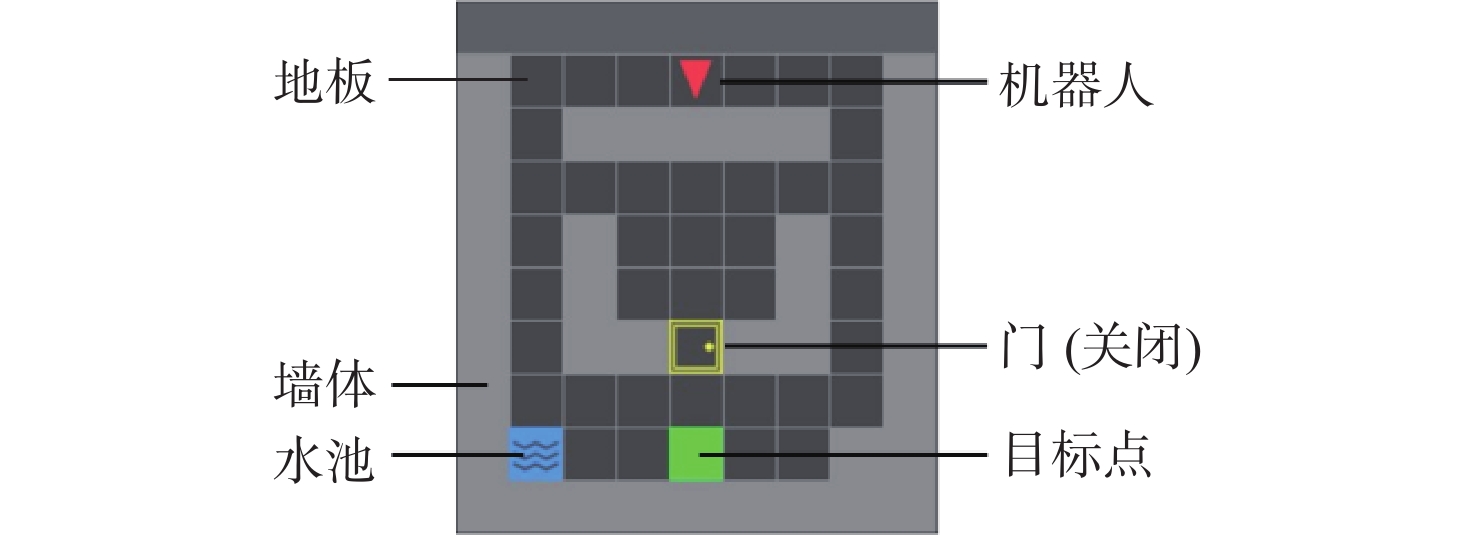
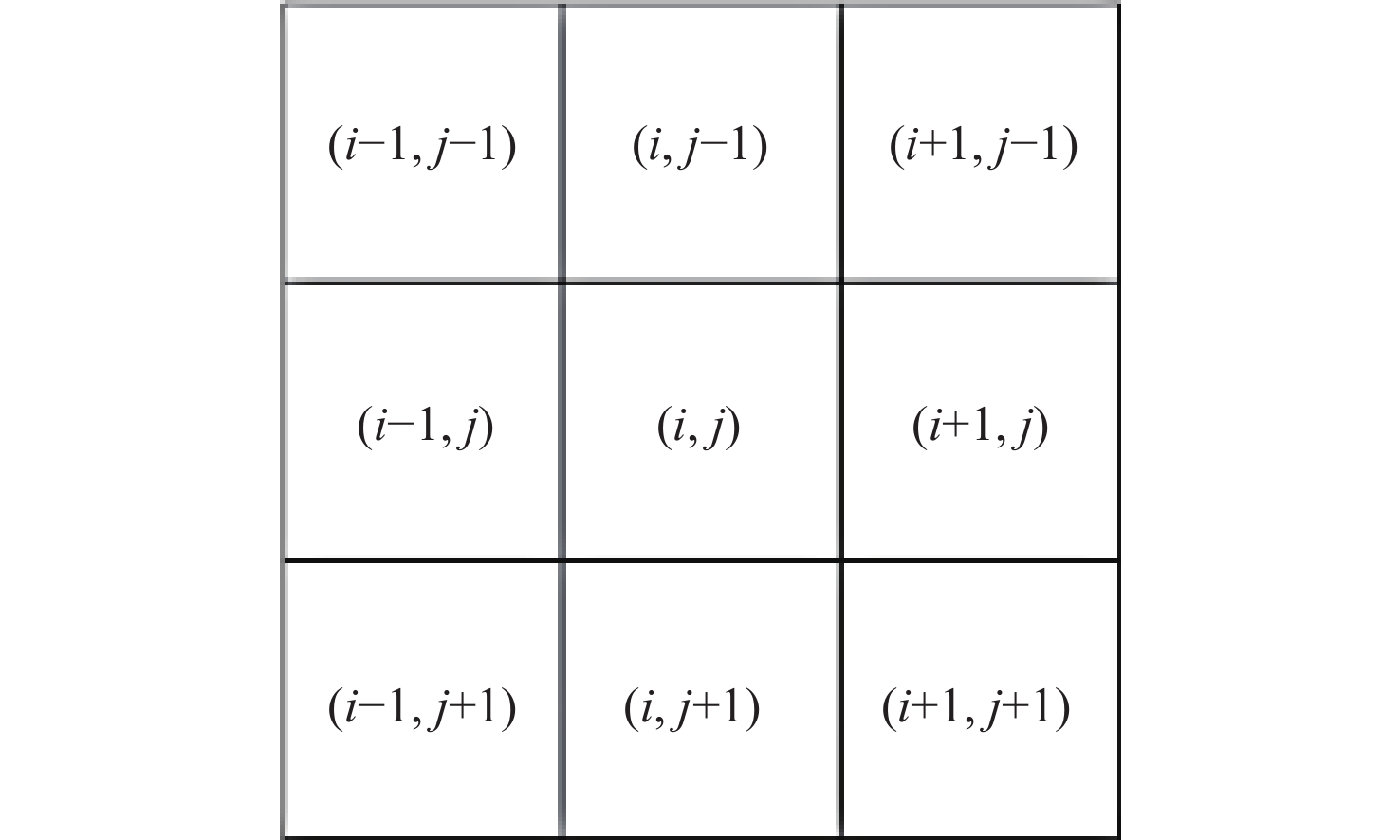
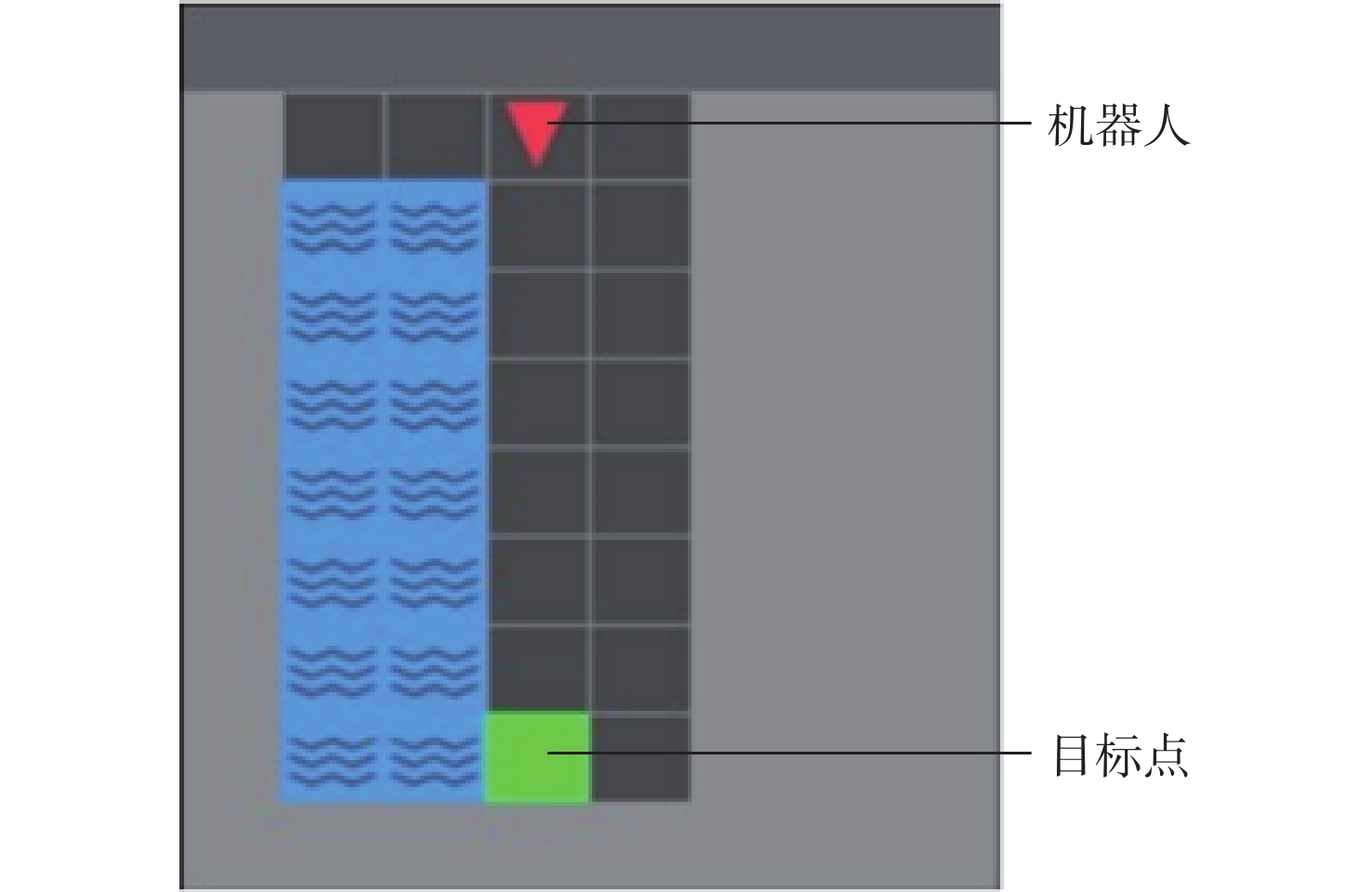
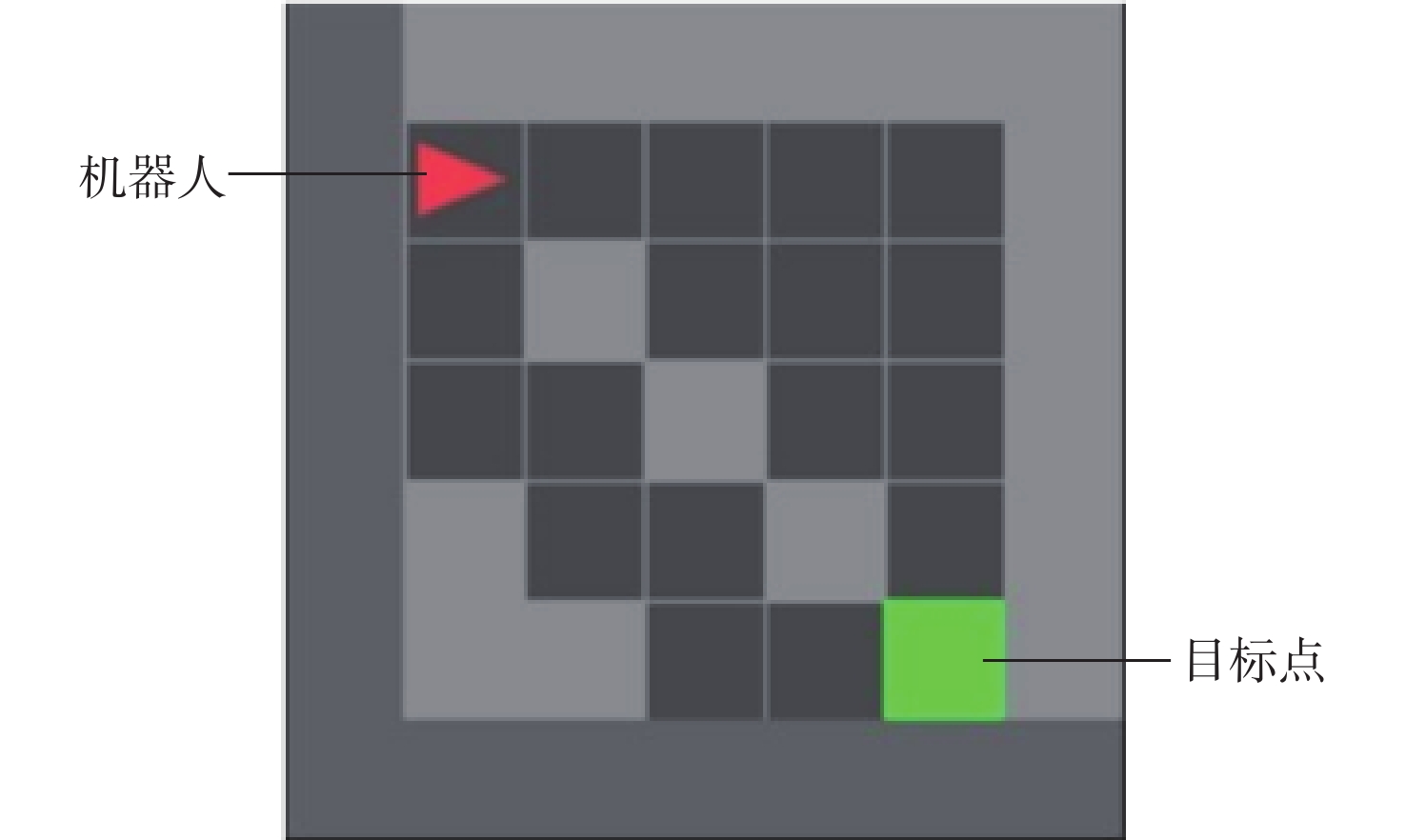
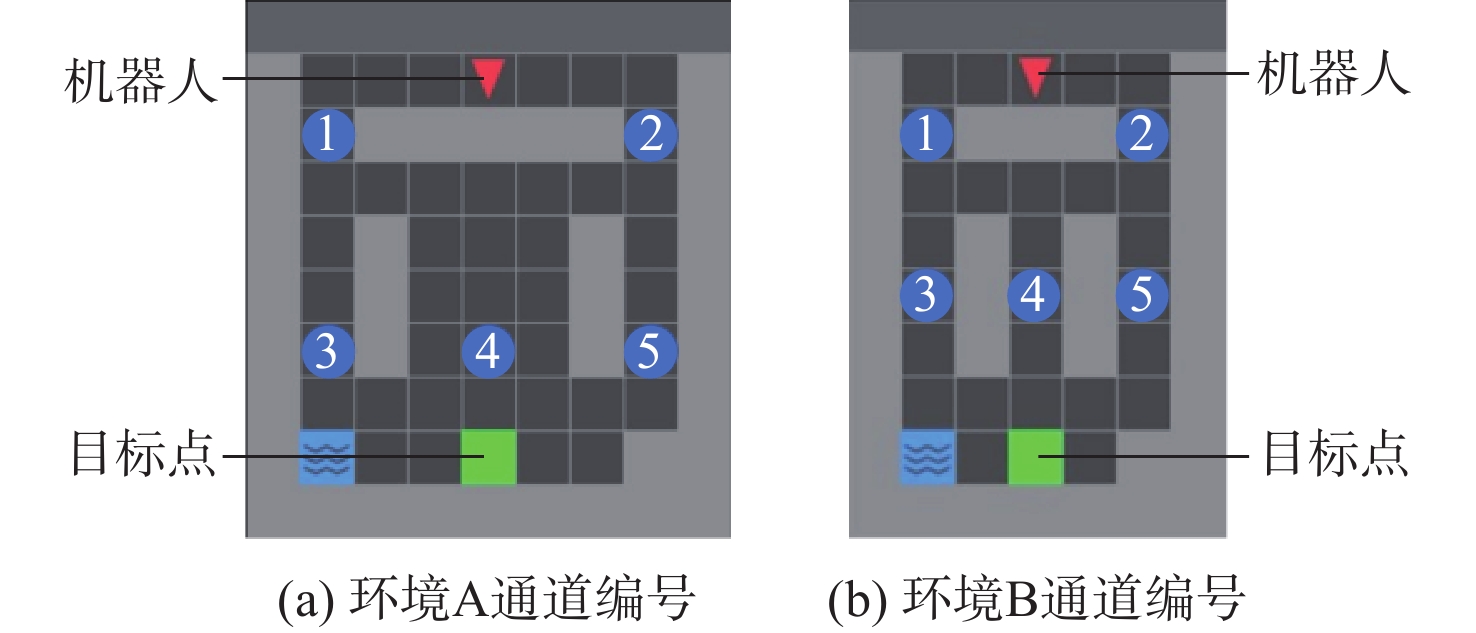


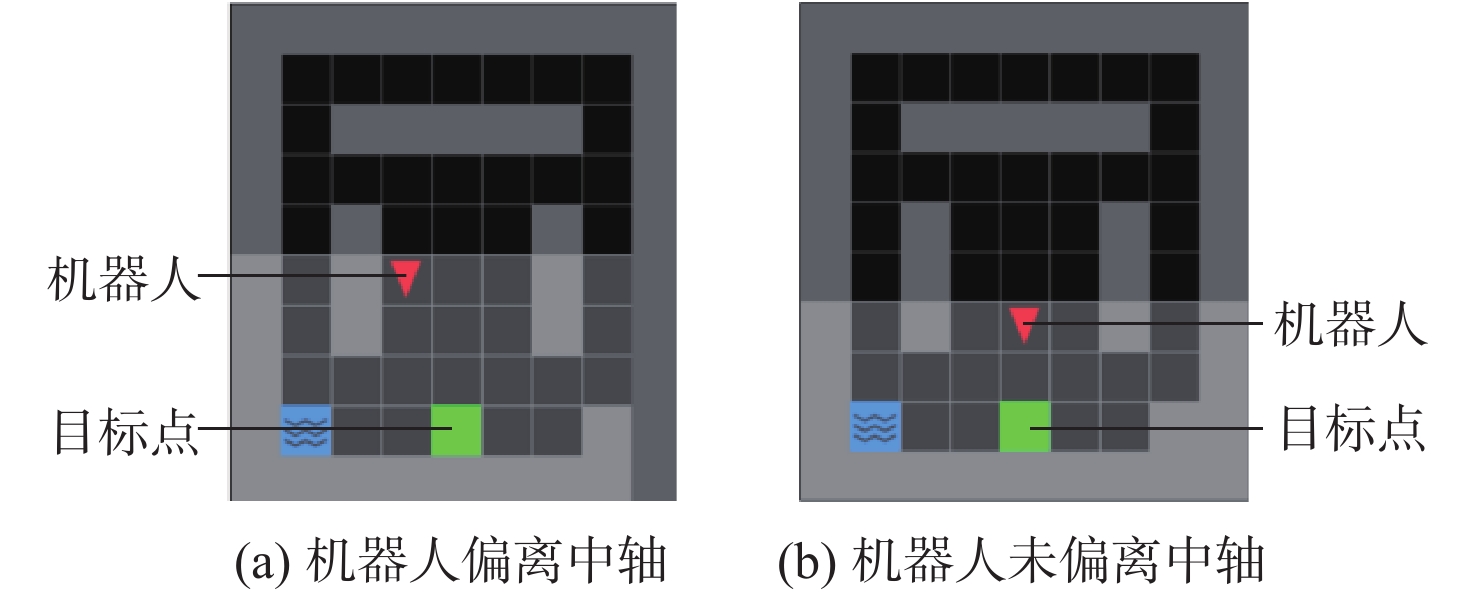
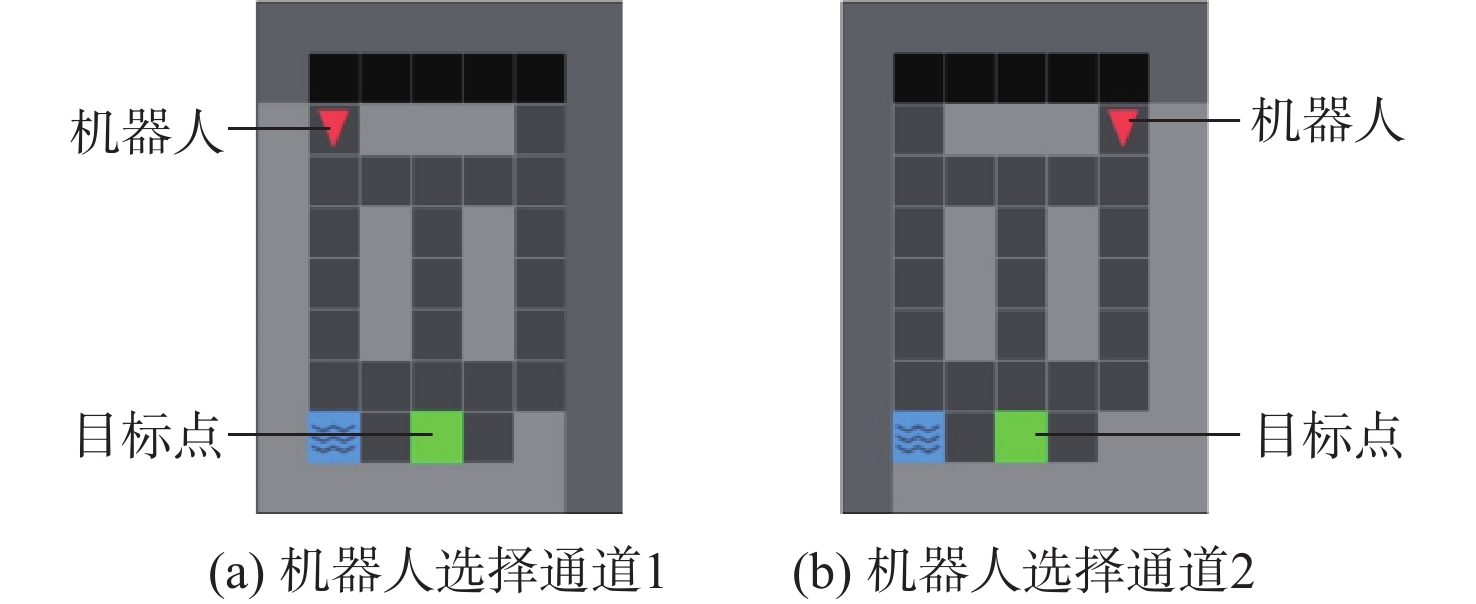
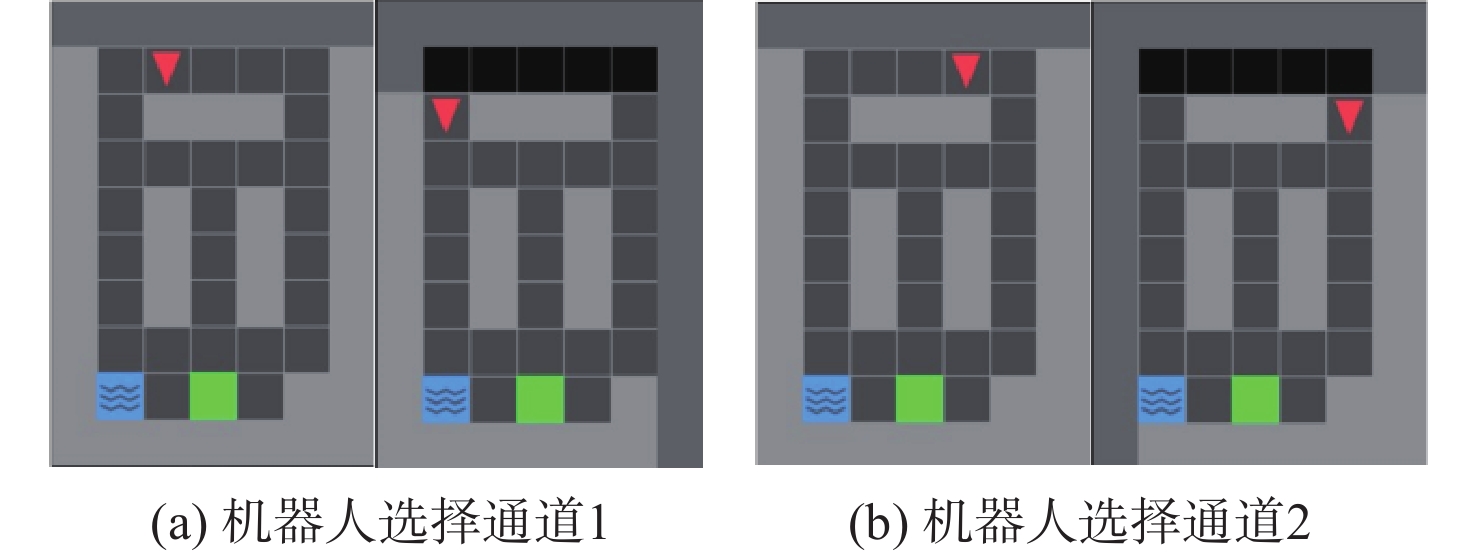





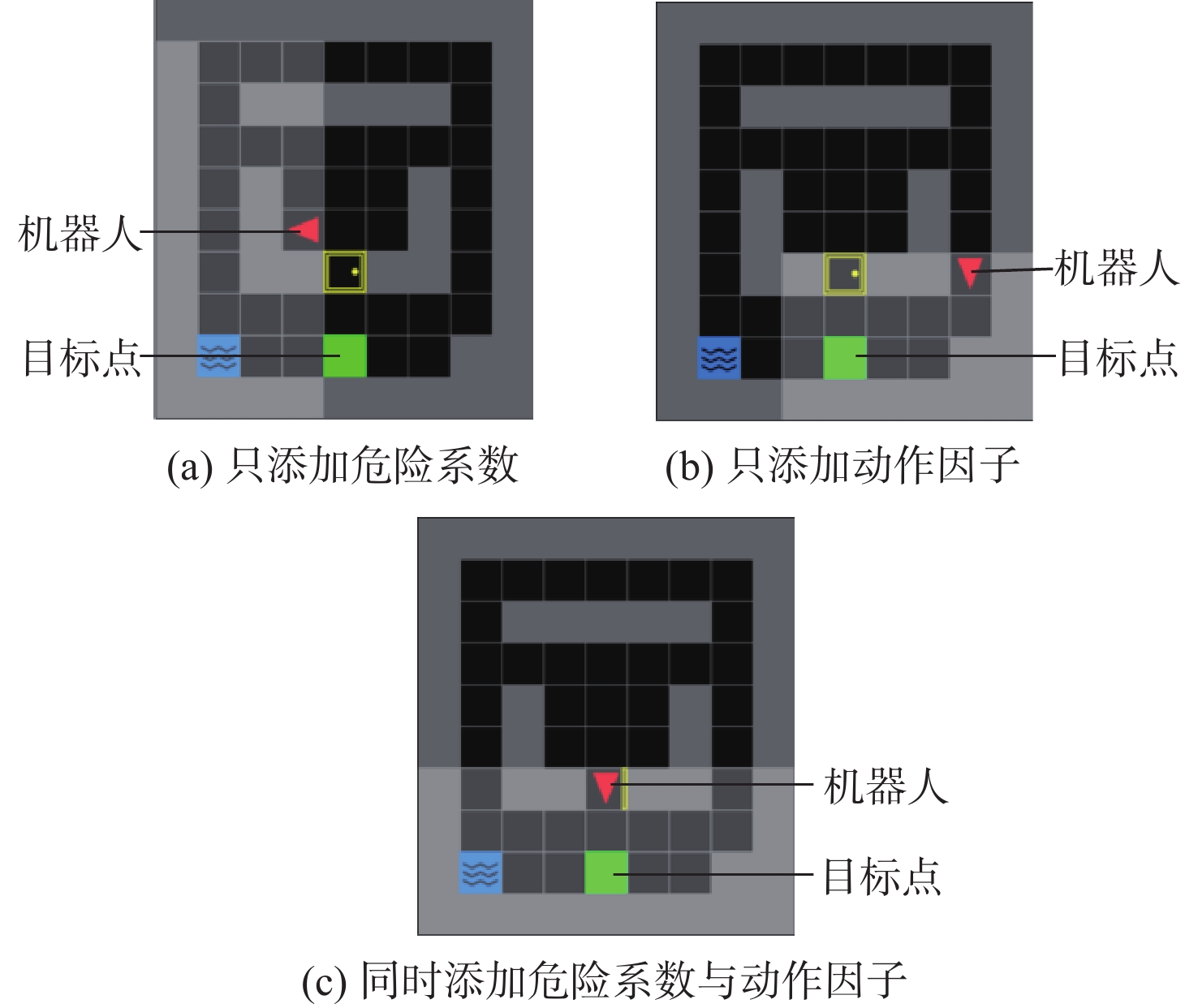


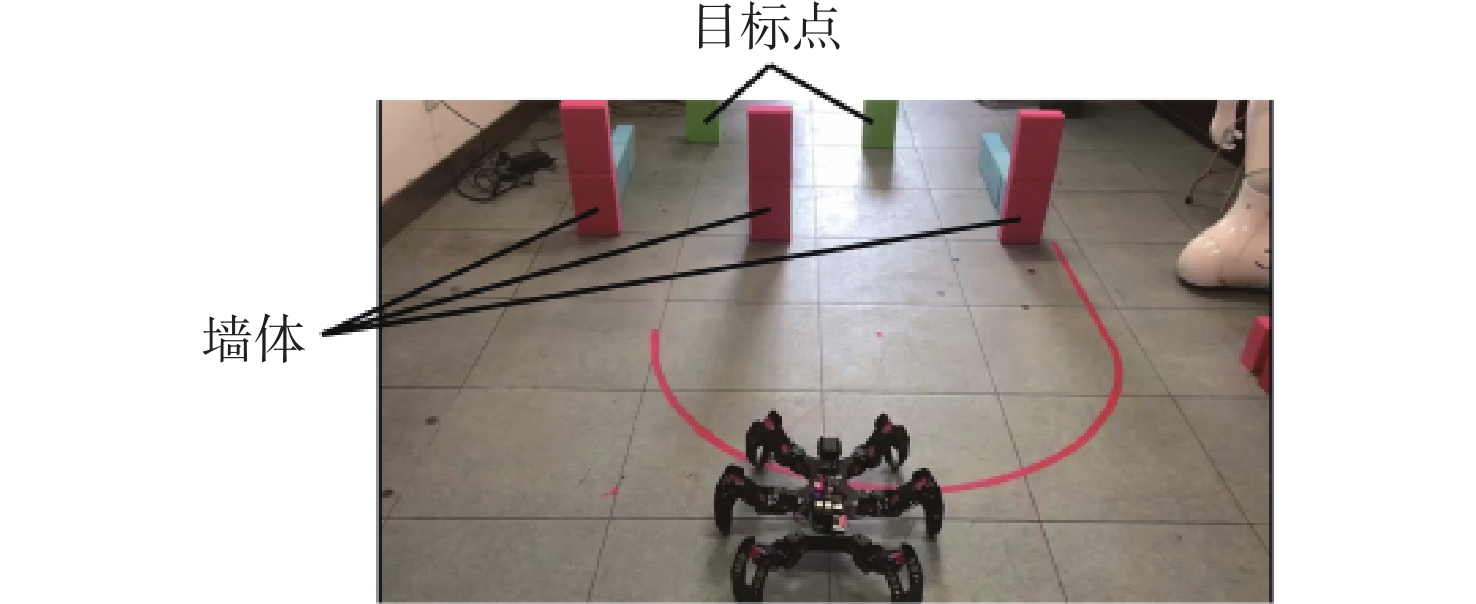
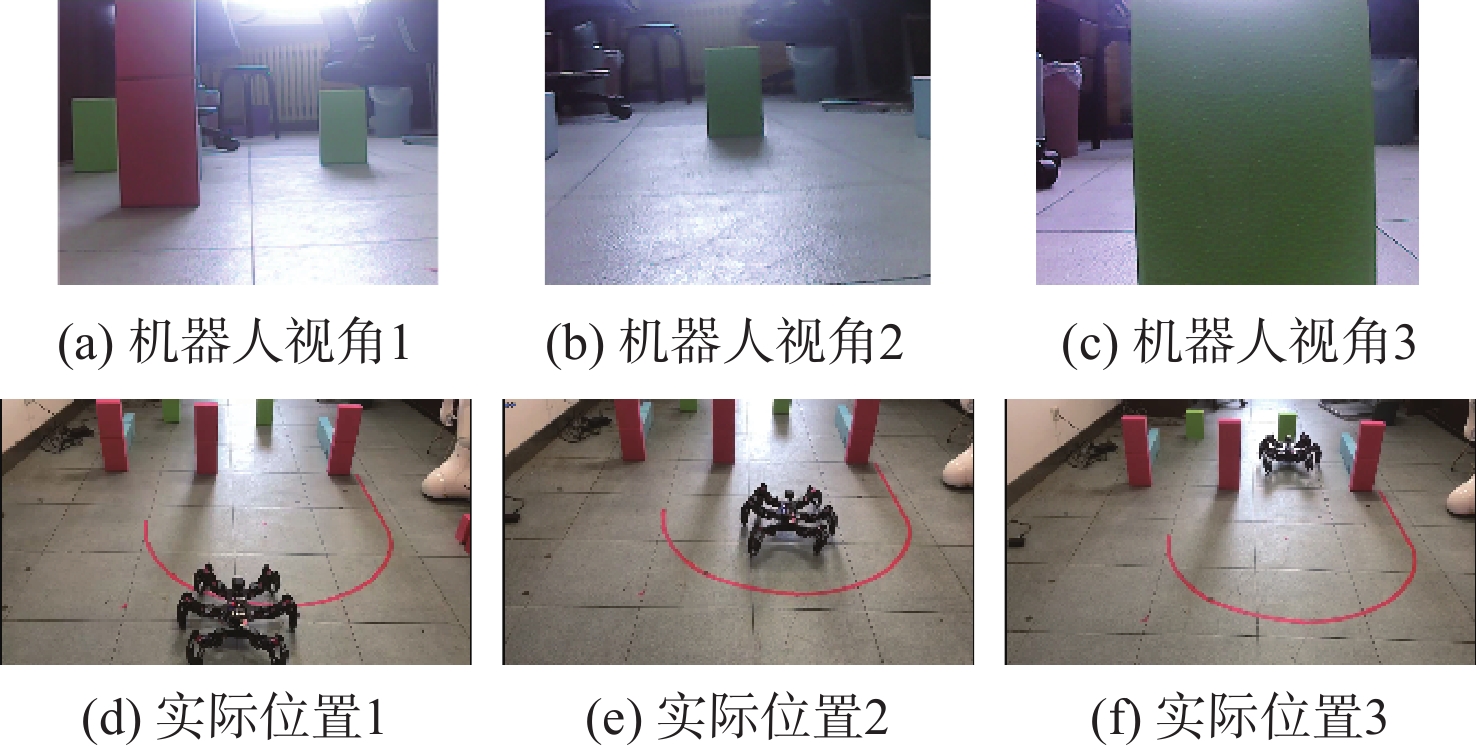
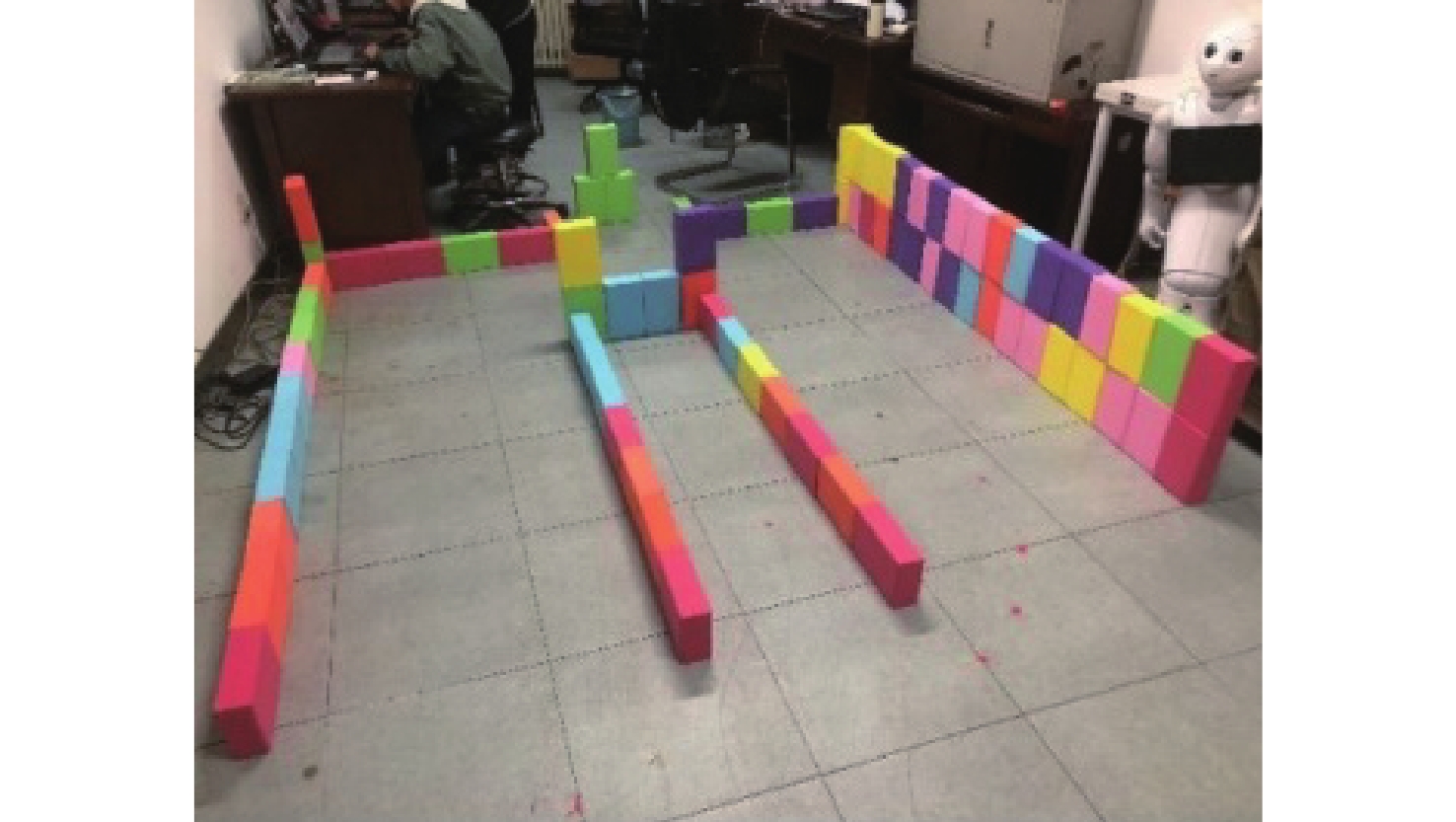

 百度学术
百度学术

